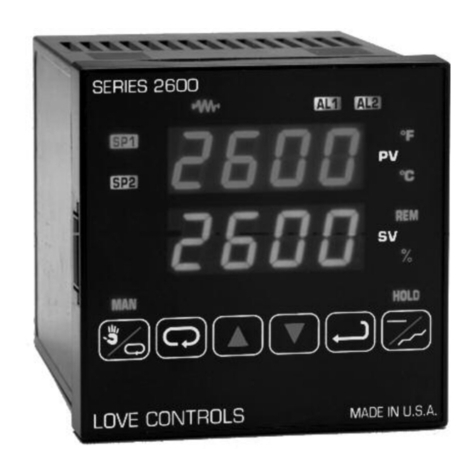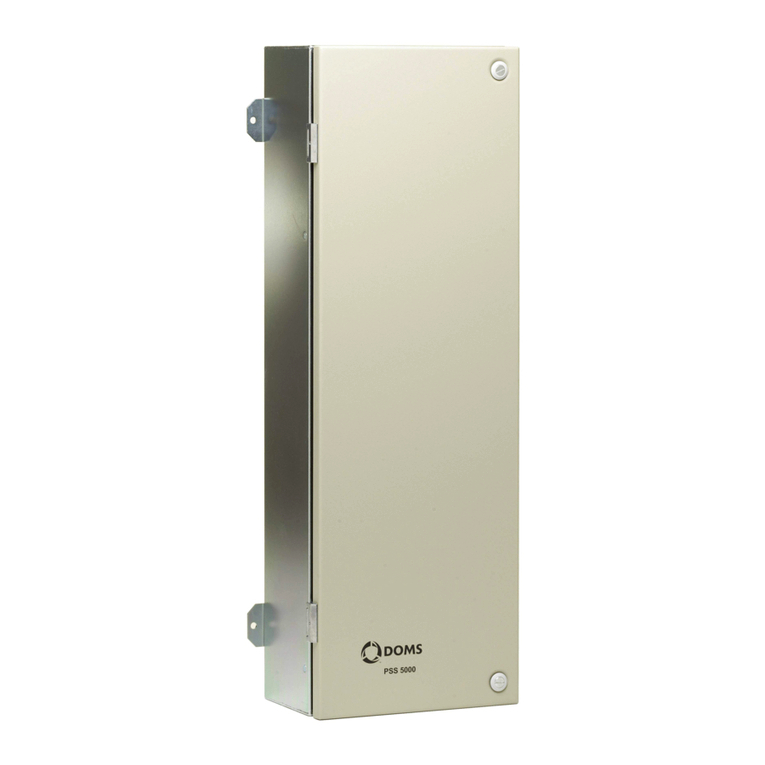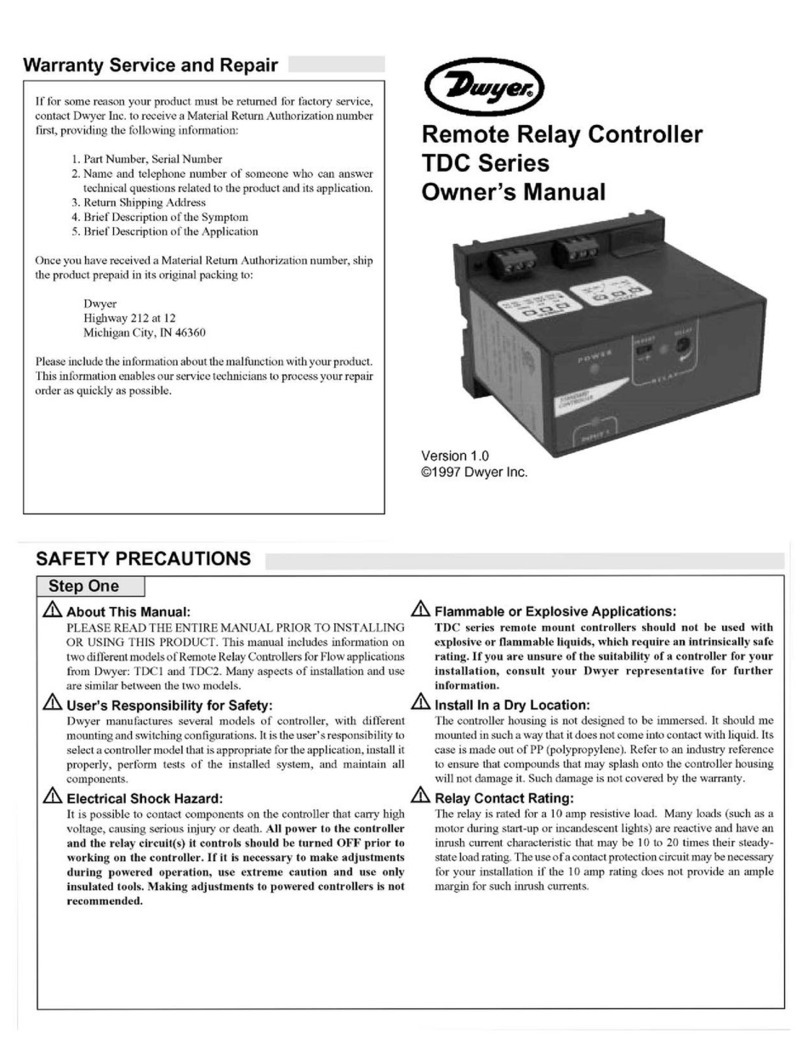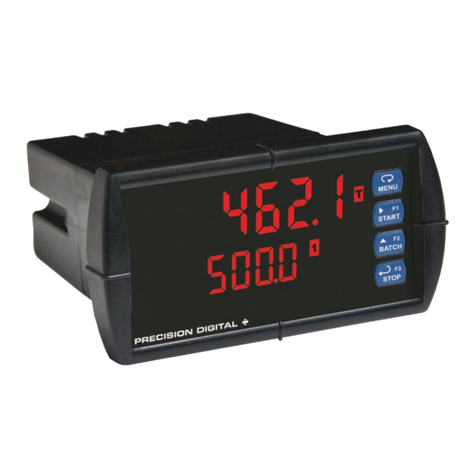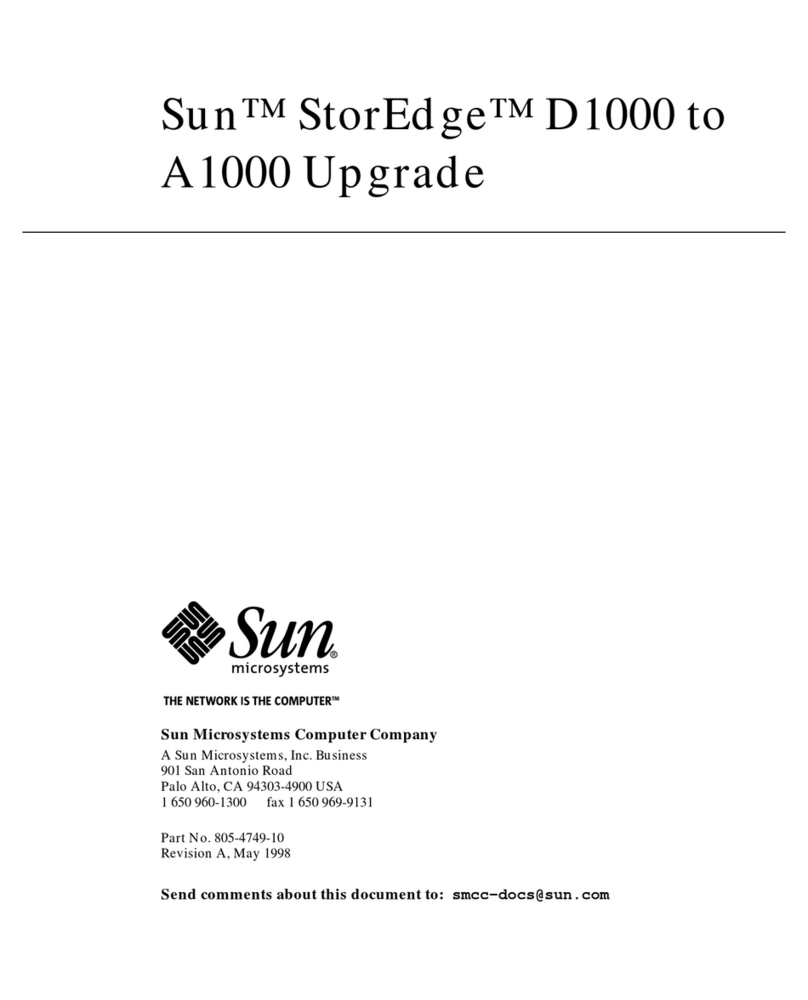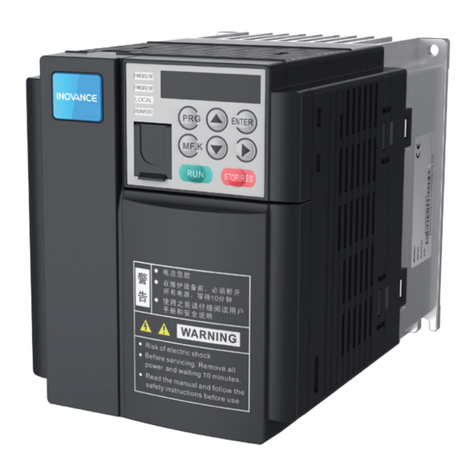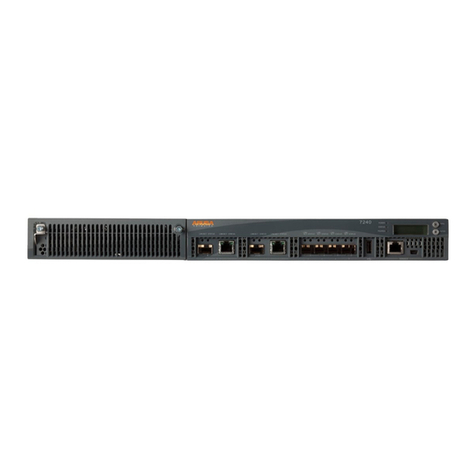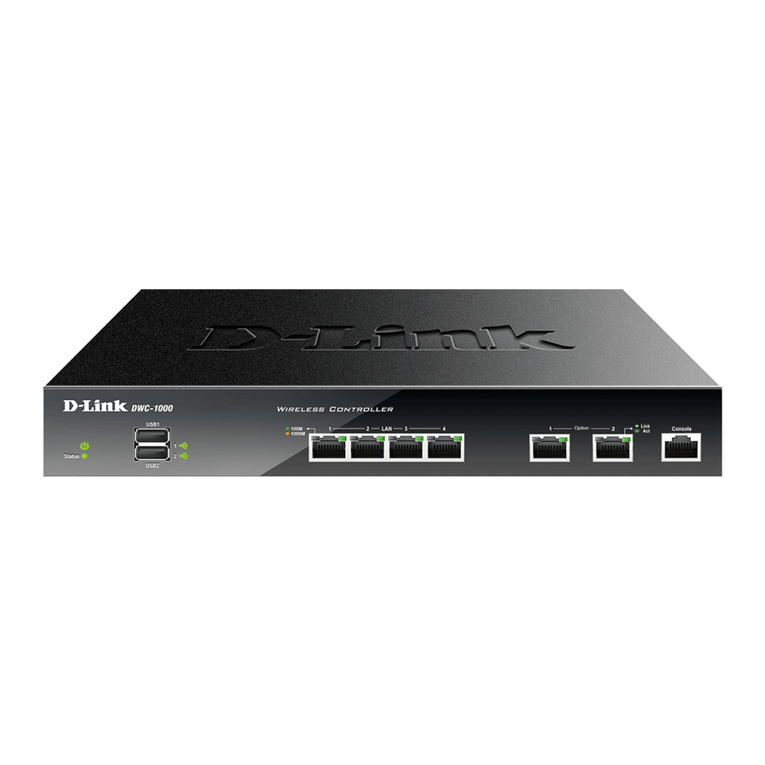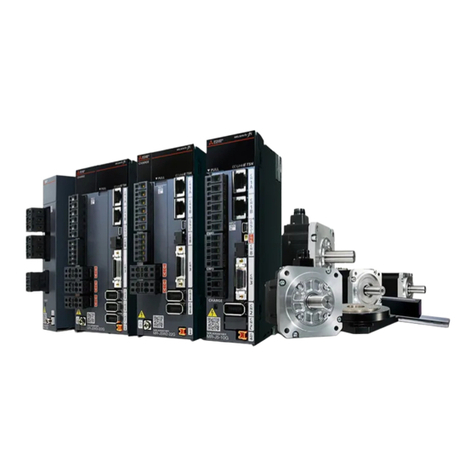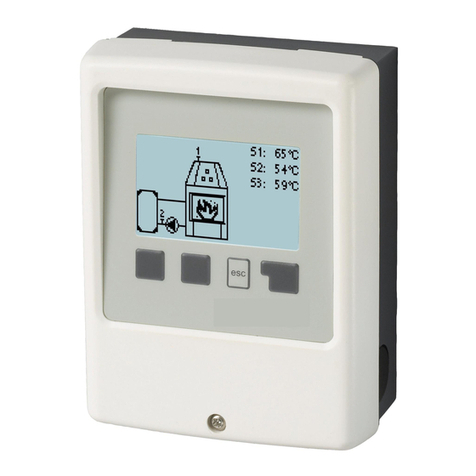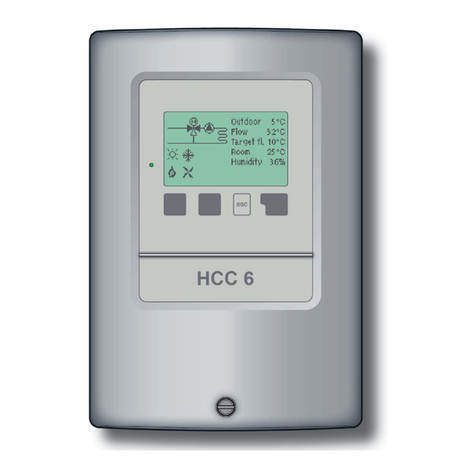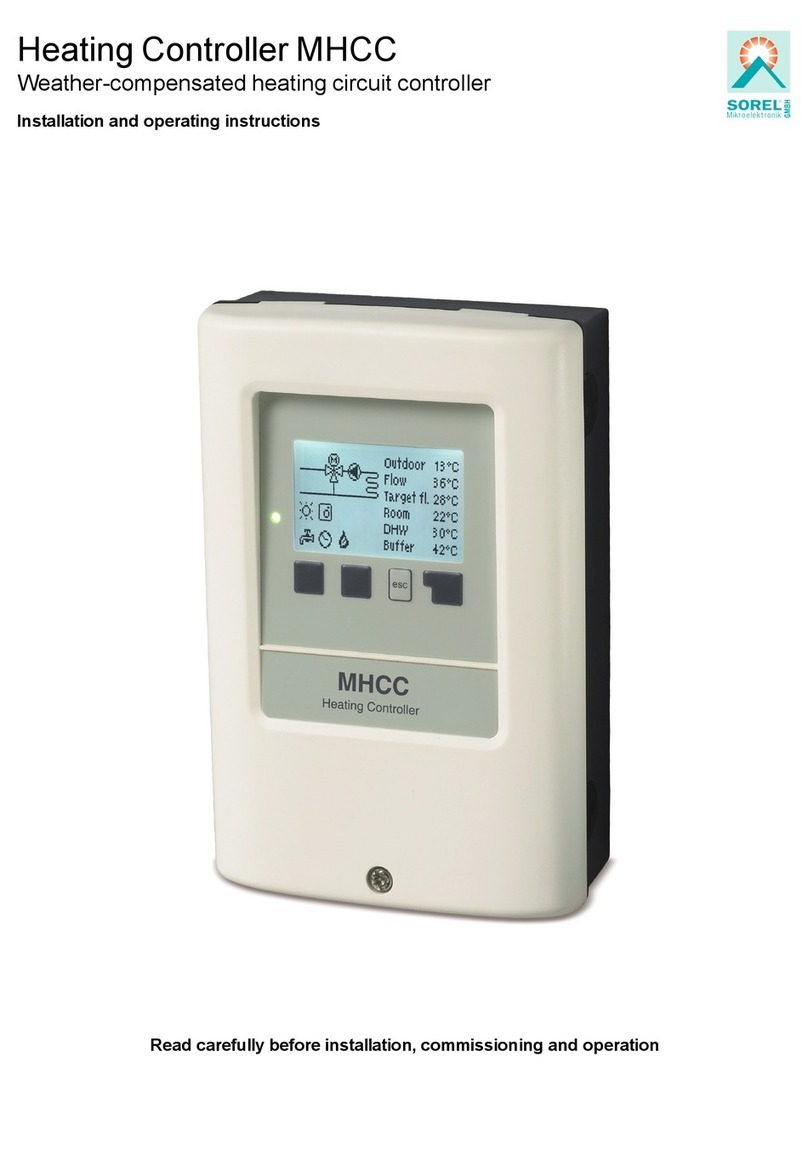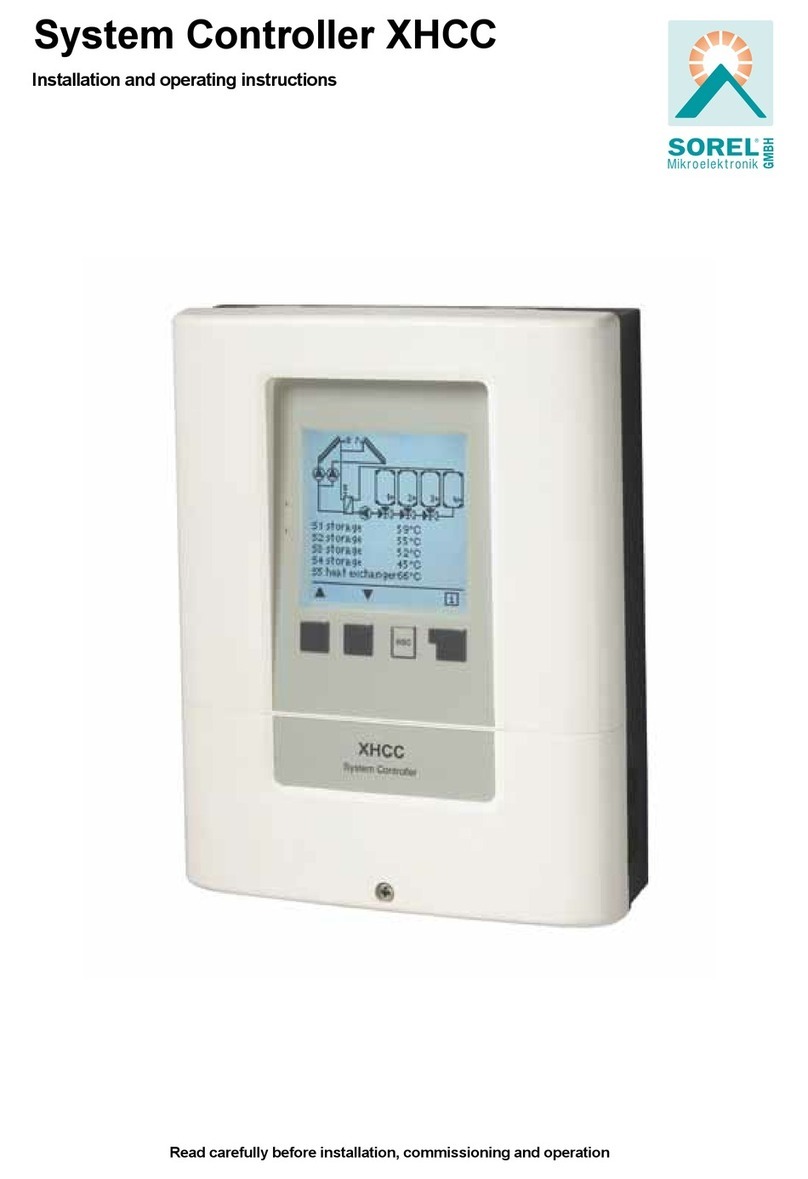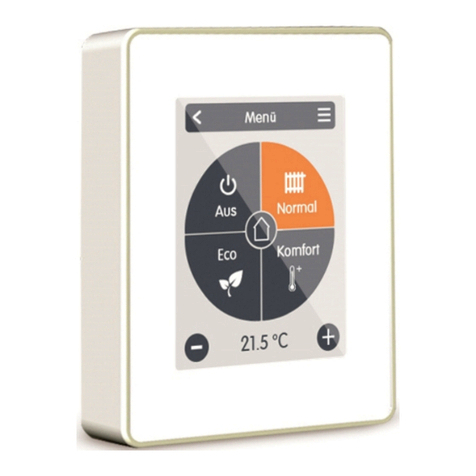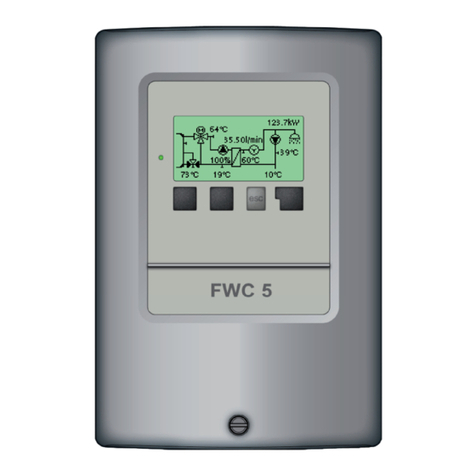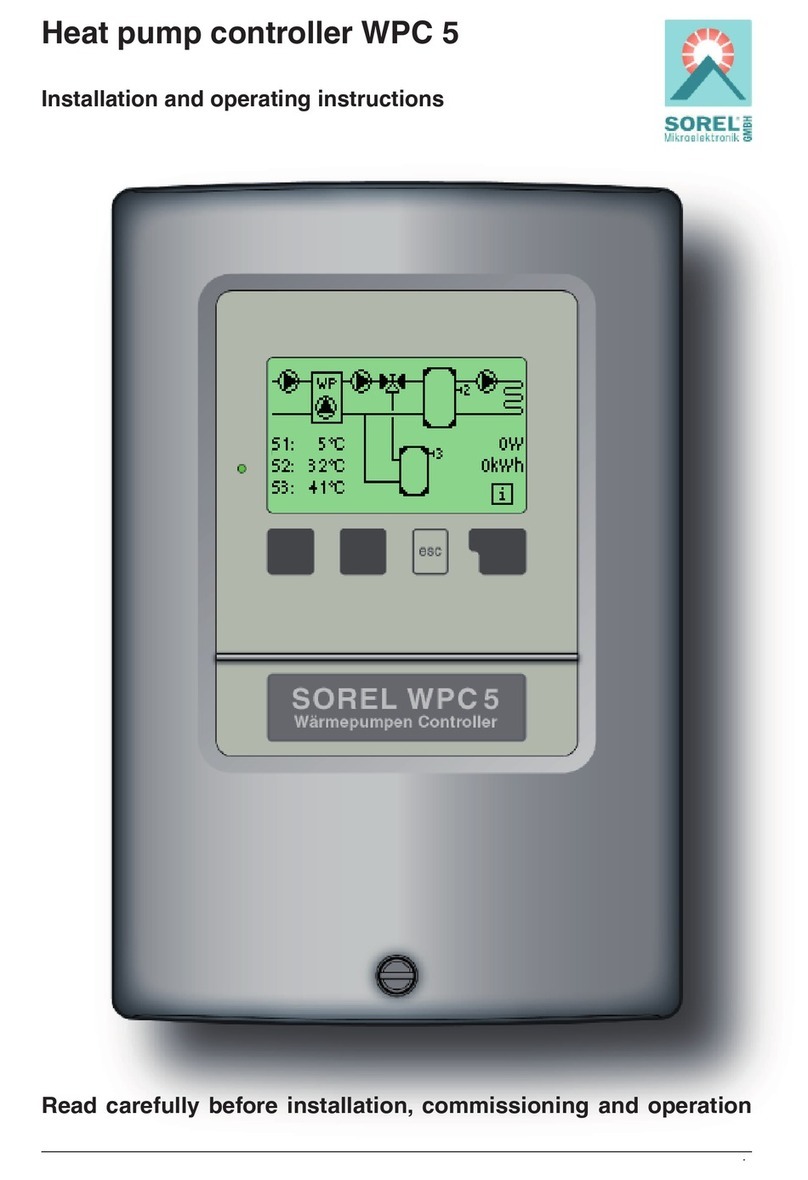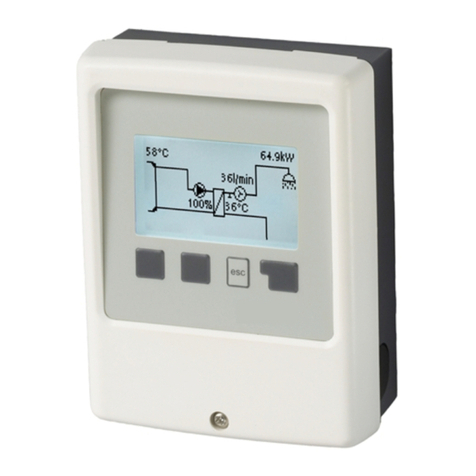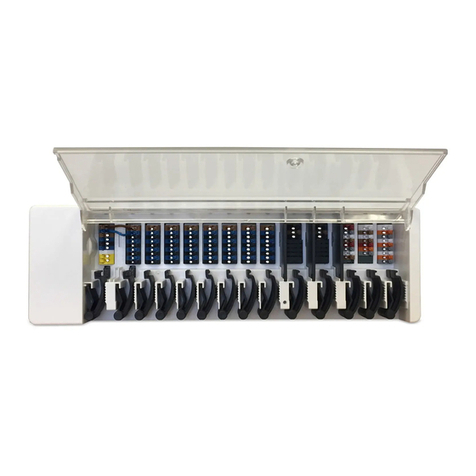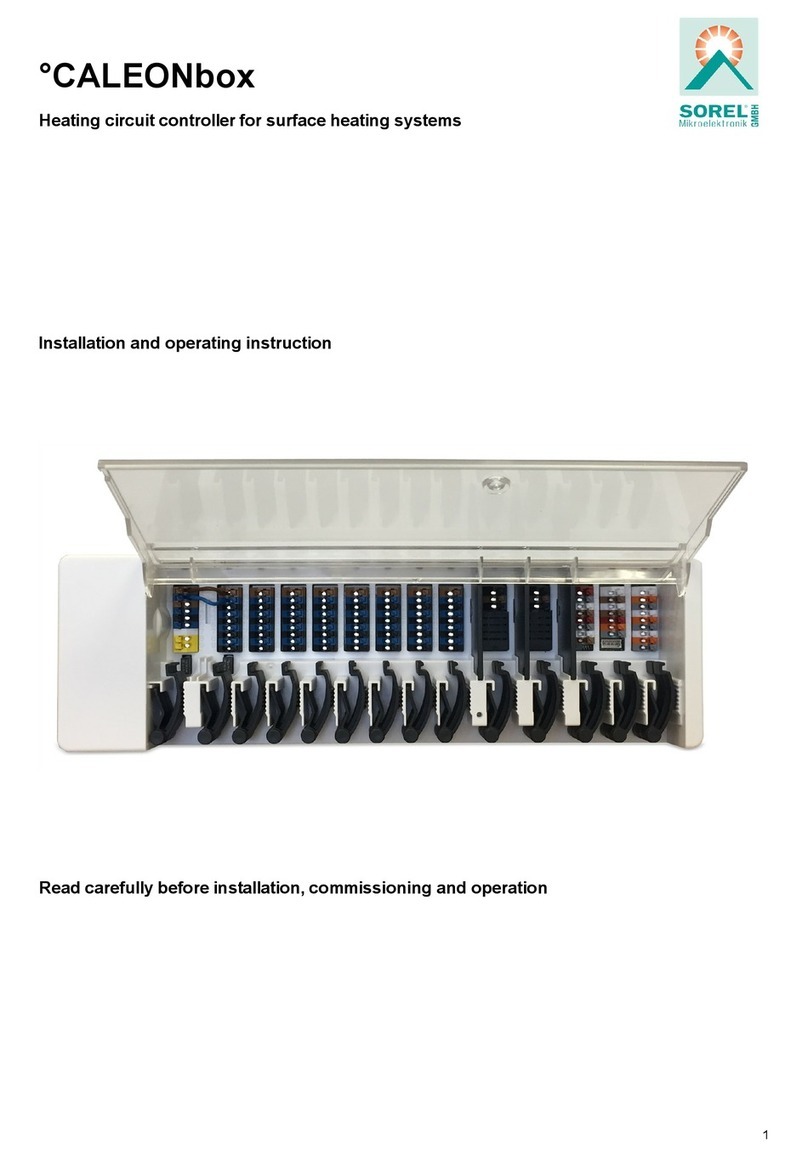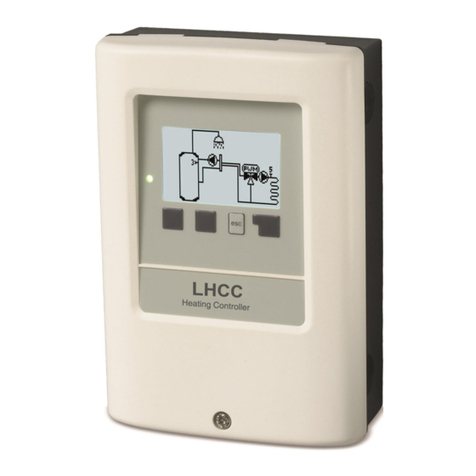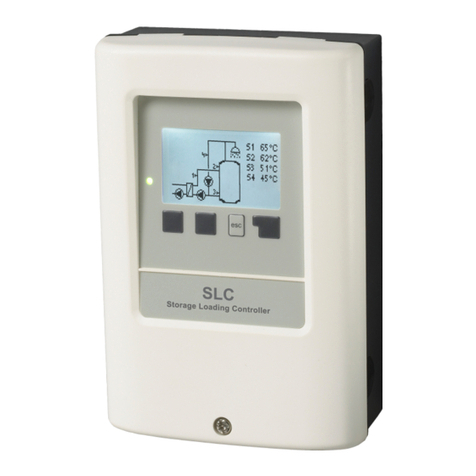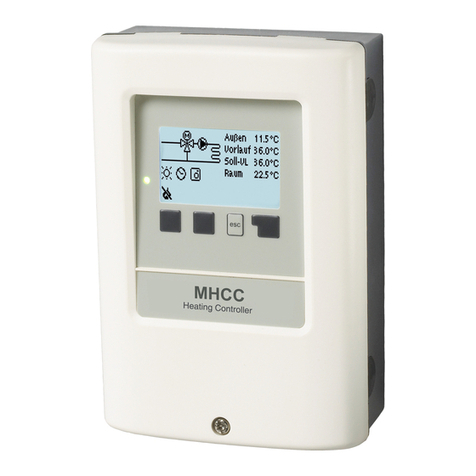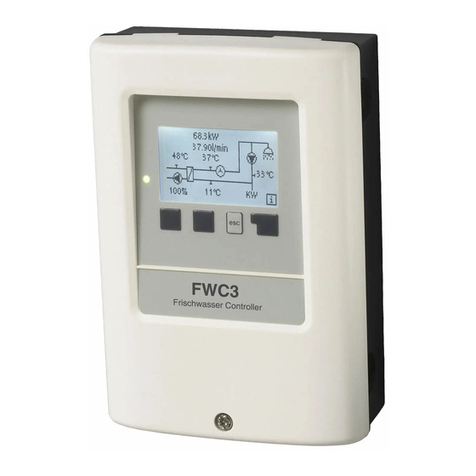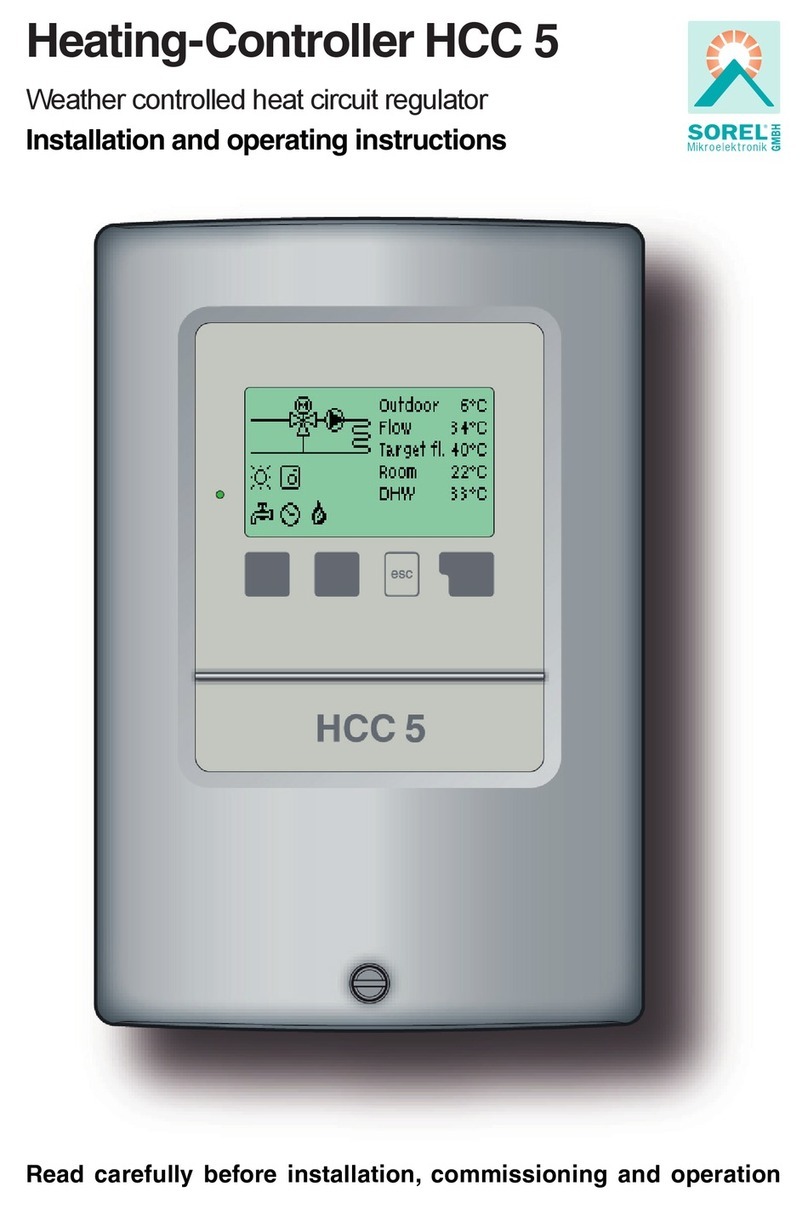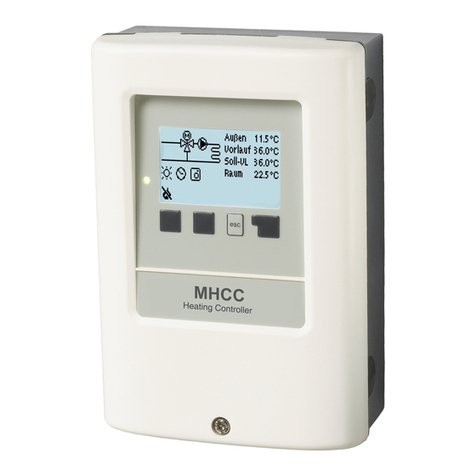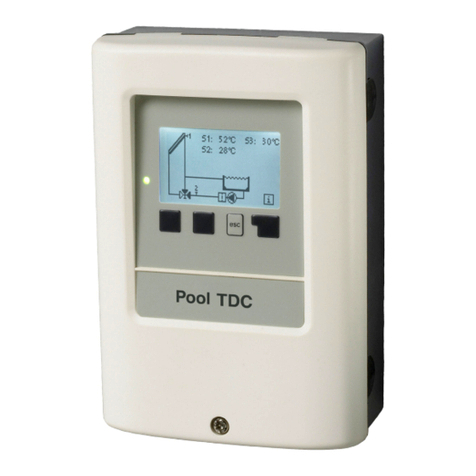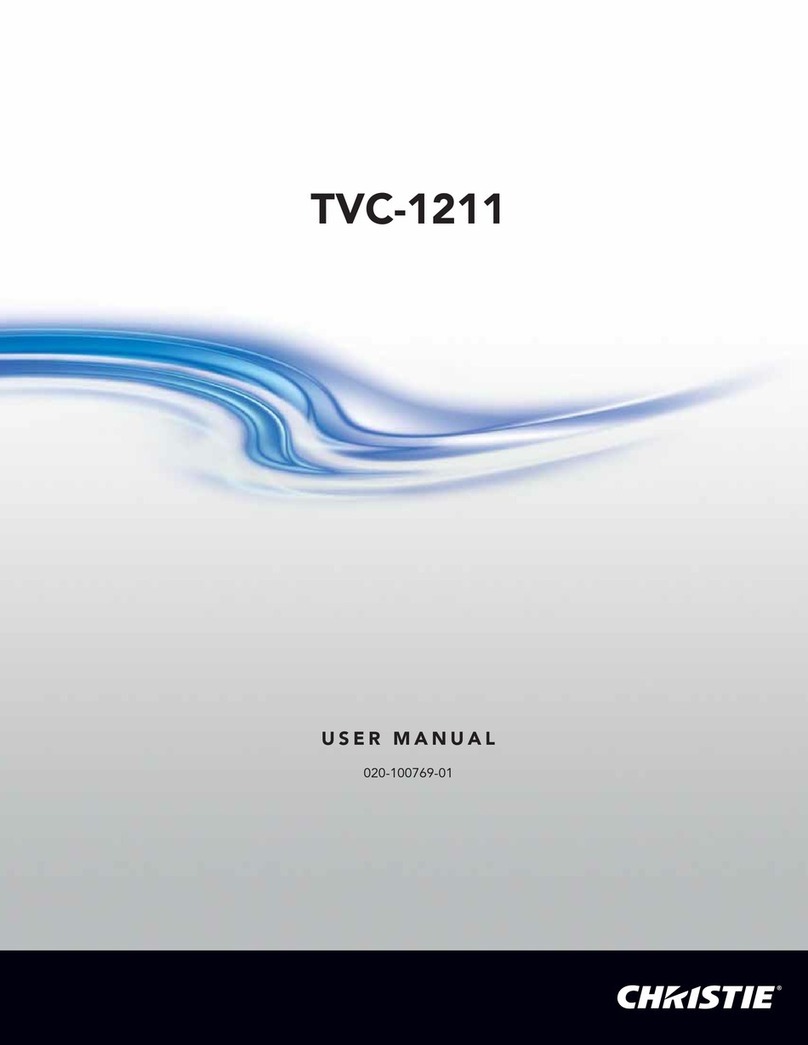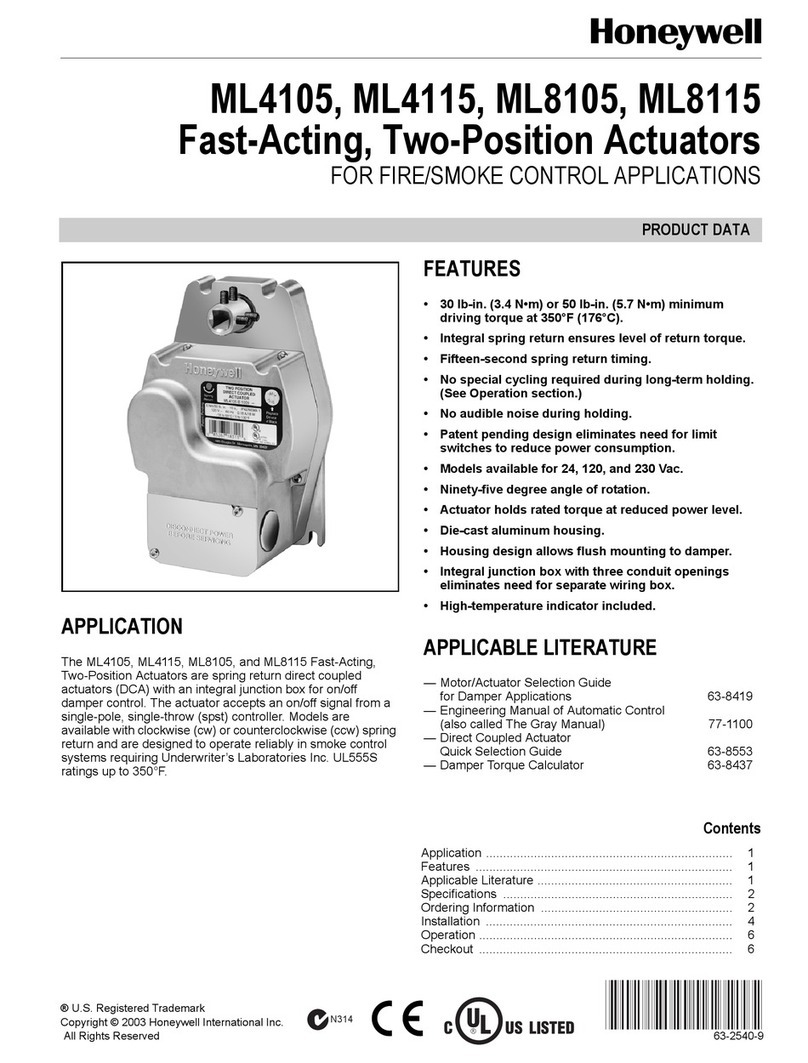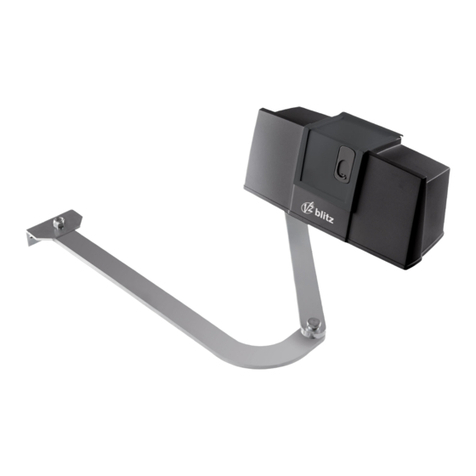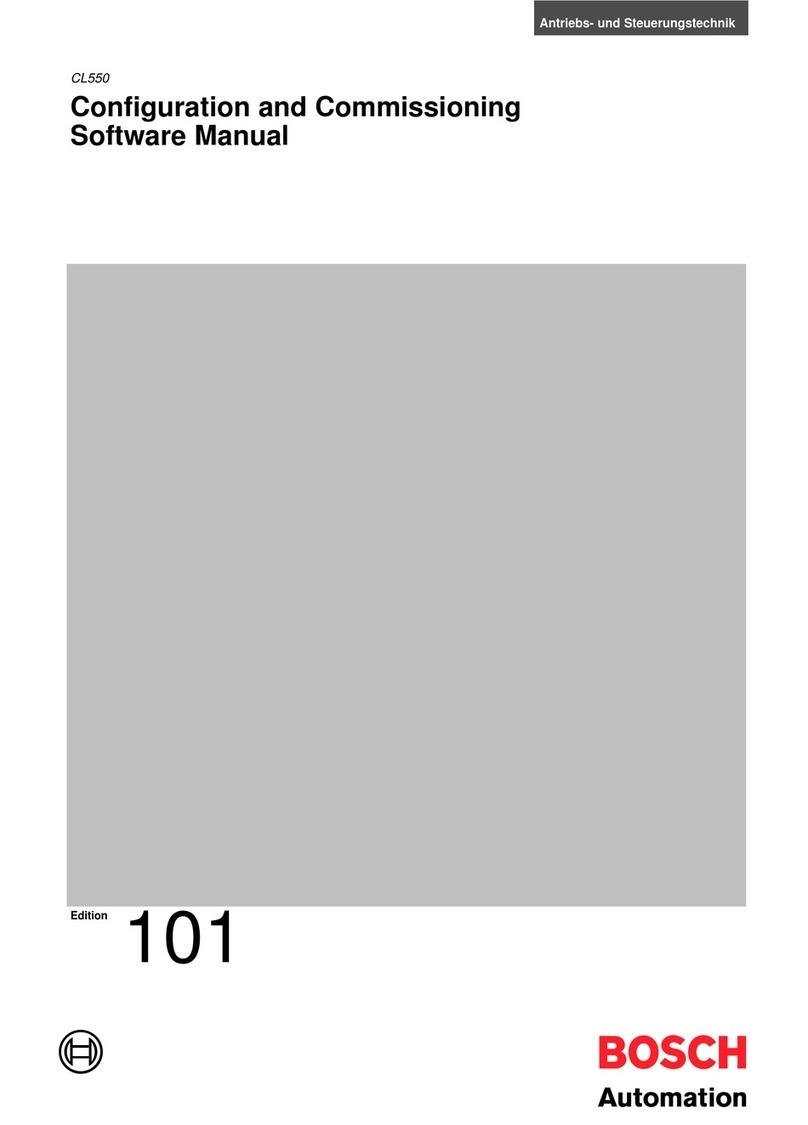
Signal type
Only available, if the function is used on one of the V-outputs. The type of device to be controlled is set here.
0-10V: Control by 0-10V signal.
PWM: Control by means of a PWM signal.
Output Signal
In this menu the type of actors are set: heating pumps have the greatest output with a small input signal, solar pumps in contrast have
very little output with a small input signal. Solar = normal, heating = inverted. For 0-10 V pump always choose the "Normal" setting
PWM / 0-10V off
This voltage / this signal is emitted if the actor is turned off (actor with cable break detection require a minimum voltage / a minimum
signal).
PWM / 0-10V on
This voltage / signal is required the actuator to switch on and run at minimum speed.
PWM / 0-10V max.
With this value, the maximum voltage level / maximum signal can be specified for the highest speed of the actuator, which is used, for
example, during the flushing or manual operation.
Show signal
Represents the set signal in a graphic and text overview.
Speed control
If the speed control is activated, itMTDC offers the possibility through a special internal electronic system to change the speed of
pumps depending on the process.
This function should only be activated by a technician. Depending on the pump being used and the pump level, the min-
imum speed may not be set too small, because the pump or the system may be damaged. The specifications from the
affected manufacturer must be observed for this! When in doubt, the min. speed and the pump level should be set too high
instead of too low.
Variant
The following speed variants are available here:
Off: There is no speed regulation. The connected pump is only turned on or off with full speed.
Mode M1: The controller changes to the set max. speed after the purging time. If the temperature difference ∆T between the reference
sensors is below the set switch on temperature difference ∆T R1, the speed will be reduced. If the temperature difference between the
reference sensors is above the set switch on temperature difference ∆T R1, the speed will be increased. If the controller has
decreased the speed of the pump to the smallest level and the ∆T between the reference sensors is still only ∆Toff, the pump will be
turned off.
Mode M2: The controller changes to the set min. speed after the Speed. If the temperature difference ∆T between the reference
sensors is above the set switch on temperature difference ∆T R1, the speed will be increased. If the temperature difference ∆T
between the reference sensors is below the set switch on temperature difference ∆T R1, the speed will be reduced. If the controller
has decreased the speed of the pump to the smallest level and the ∆T between the reference sensors is still only ∆Toff, the pump will
be turned off.
Mode M3: The controller changes to the set min. speed after the Speed. If the temperature on the reference sensors is above the set
value to be set in the following, the speed will be increased. If the temperature on the reference sensors is below the set value to be
set in the following, the speed will be reduced.
Mode M4 (2 storage system):
When the primary storage is loaded, speed control works as in M3. When the secondary storage is loaded, speed control works as in
M1.
Purging time
For this time, the pump runs with its full speed (100%) in order to guarantee a secure start-up. Only after expiration of this purging time
will the pump have a controlled speed and will switch, depending on the set variant, to the max. or min. speed. Speed.
Sweep time
With the control time, the inertia of the speed control is determined in order to prevent strong temperature deviations as much as pos-
sible. The timespan is entered here, which is needed for a complete cycle from minimum speed to maximum speed.
Max. Speed
The maximum speed of the pump is determined here in %. During the setting, the pump runs in the respective speed and the flow can
be determined.
19




















